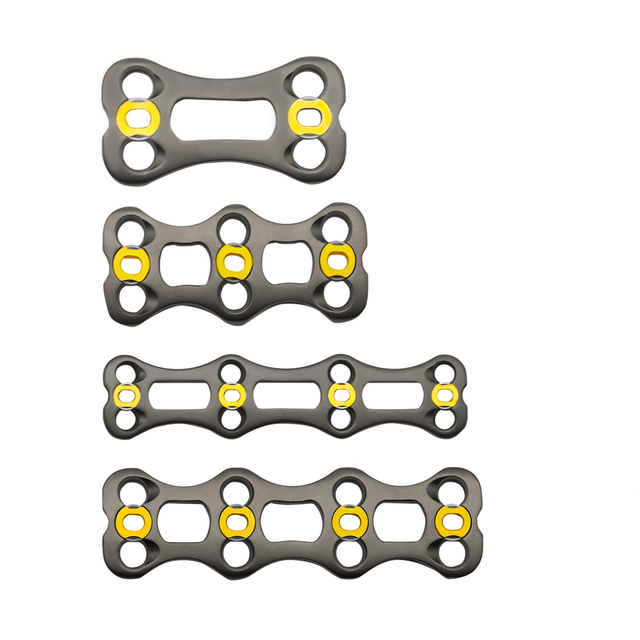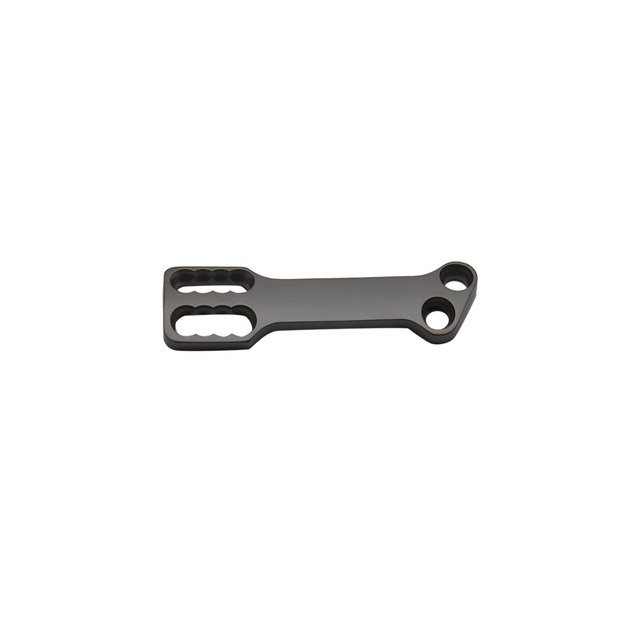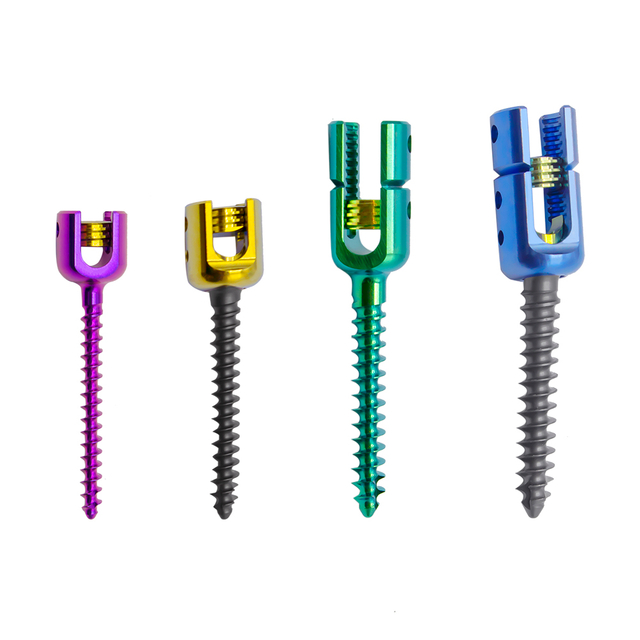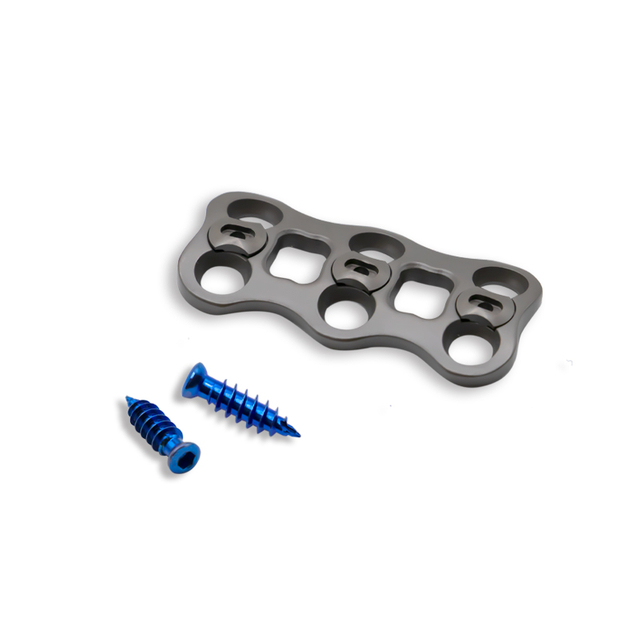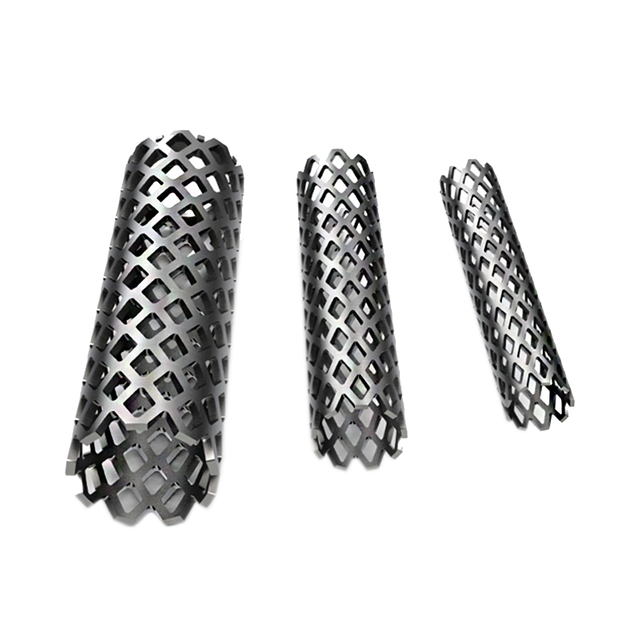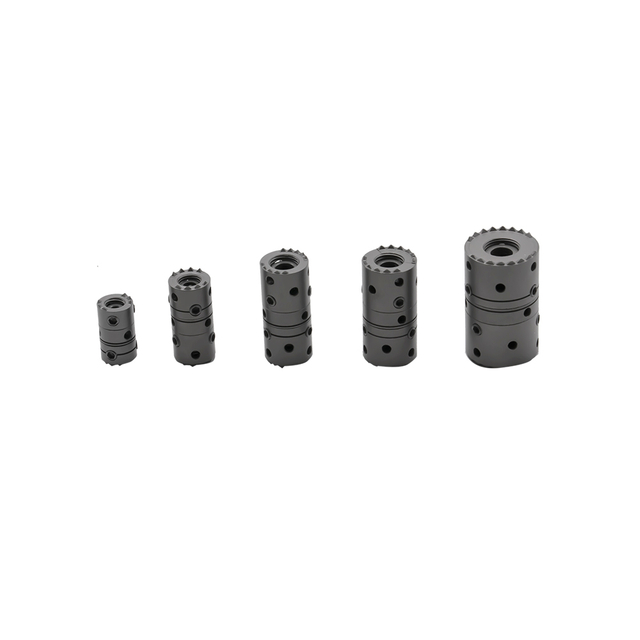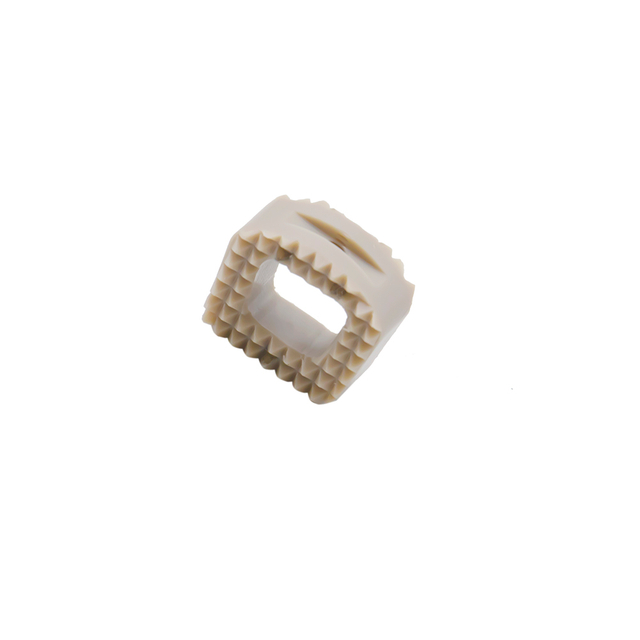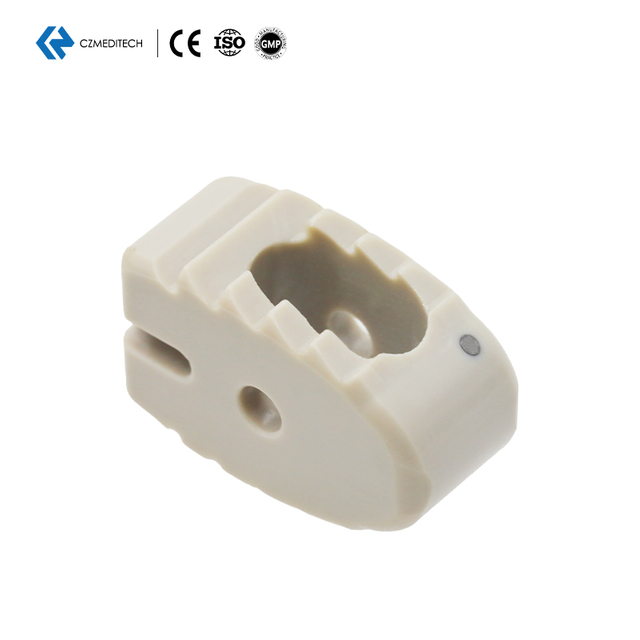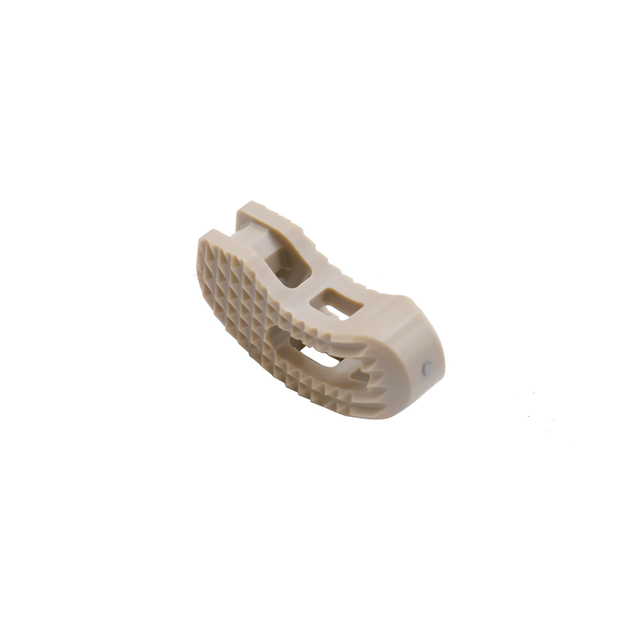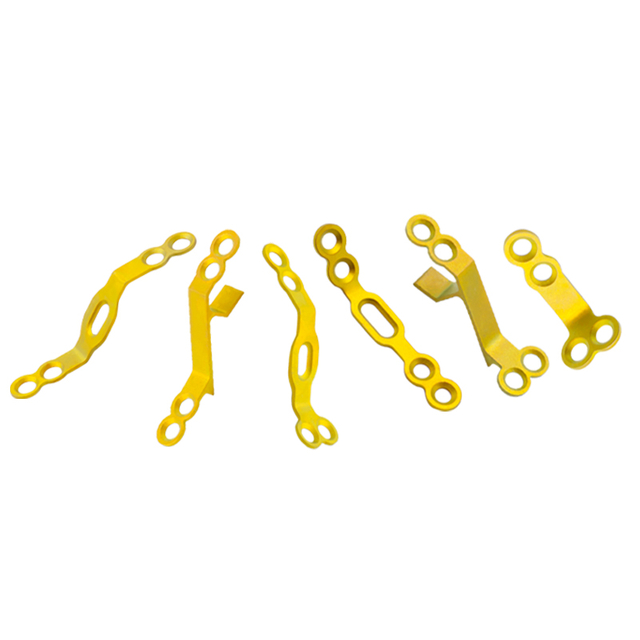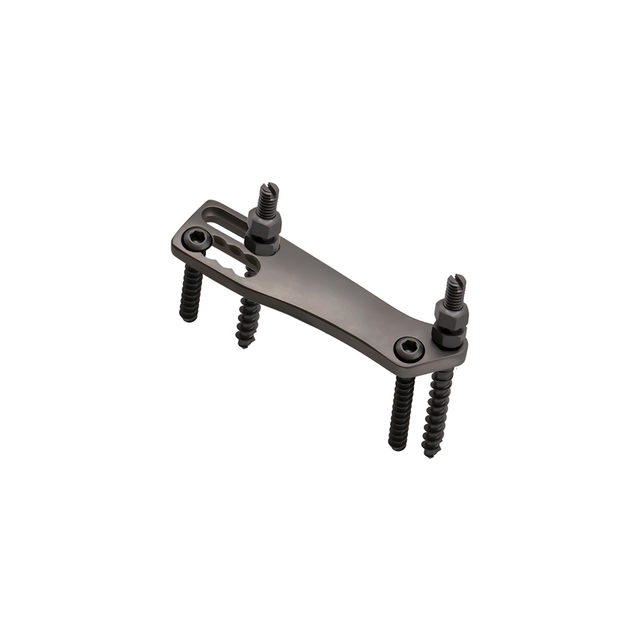What are spine implants?
Spine implants are medical devices that are used to treat spine disorders such as herniated discs, spinal stenosis, and scoliosis. These devices are typically made of biocompatible materials such as titanium or PEEK (polyetheretherketone) and are designed to be surgically implanted into the spine to stabilize or replace damaged or diseased structures.
Some common types of spine implants include:
Pedicle screws: These screws are used to anchor metal rods to the spine and provide stability to the vertebral column.
Rods: Metal rods are used to connect pedicle screws or other spinal implants to provide additional support and stability to the spine.
Interbody cages: These are devices that are inserted between two vertebrae to maintain the normal height and curvature of the spine, and to provide support and stability.
Artificial discs: These are devices that are used to replace damaged or diseased intervertebral discs in the spine.
Plates and screws: These are used to provide stability and support to the anterior (front) portion of the spine.
Materials of the spine implants
Spine implants can be made from various materials, including:
Titanium: Titanium is a lightweight and strong metal that is commonly used in spine implants. It is biocompatible, which means it is less likely to cause an adverse reaction in the body.
Stainless steel: Stainless steel is a strong and durable metal that is also commonly used in spine implants. It is less expensive than titanium, but it is not as biocompatible.
Cobalt-chromium: Cobalt-chromium is a metal alloy that is also used in spine implants. It is strong and corrosion-resistant, but it is not as biocompatible as titanium.
Polyetheretherketone (PEEK): PEEK is a type of plastic that is often used in interbody cages. It has similar properties to bone and can promote bone growth.
Carbon fiber: Carbon fiber is a lightweight and strong material that is sometimes used in spine implants. It is also biocompatible.
The choice of implant material depends on several factors, including the specific needs of the patient, the location of the implant in the spine, and the surgeon's experience and preference. It is important to discuss the potential risks and benefits of each implant material with a qualified spinal surgeon before undergoing the surgery.
How to choose the spine implants for surgeries?
The choice of spine implants for surgeries depends on several factors, including:
Patient factors: The patient's age, overall health, medical history, and bone density can affect the choice of spine implant. Some implants may not be suitable for patients with certain health conditions or who have weak bones.
Spine condition: The specific condition of the spine, such as the location and severity of the damage or deformity, can affect the choice of implant. For example, different implants may be used for spinal fusion versus spinal decompression surgery.
Surgeon's experience: The surgeon's experience and preference may also play a role in the choice of implant. Some surgeons may have more experience with certain types of implants, and may prefer to use them for their patients.
Implant material: The choice of implant material should also be considered, as different materials have different properties and may be more suitable for certain patients or conditions.
Risks and benefits: The potential risks and benefits of each type of implant should be discussed with the patient, including the risk of implant failure or complications, the potential for long-term complications, and the likelihood of successful recovery.
How do doctors install a spinal implant?
The exact procedure for installing a spinal implant depends on the type of implant and the specific condition being treated, but generally, the steps involved in the procedure are as follows:
Anesthesia: The patient is given general anesthesia to ensure they are unconscious and pain-free throughout the procedure.
Incision: The surgeon makes an incision in the skin and muscle over the affected area of the spine.
Preparation of the spine: The surgeon removes any damaged or diseased tissue from the spine, such as herniated discs or bone spurs, and prepares the area for the implant.
Placement of the implant: The surgeon then places the implant into the prepared area of the spine. This may involve screws, rods, cages, or other types of implants.
Securing the implant: Once the implant is in place, the surgeon secures it to the spine using screws, wires, or other devices.
Closure: The surgeon then closes the incision with sutures or staples and applies a bandage or dressing.
Recovery: The patient is monitored in a recovery area for several hours and may be given pain medication or other supportive care as needed.
After the procedure, the patient will need to follow a rehabilitation program to help restore mobility and strength to the spine. The specific program will depend on the type of implant and the patient's individual needs and condition.
Who can benefit from spinal implants?
Spinal implants are typically used in patients who suffer from conditions that cause pain, weakness, or instability in the spine. Some of the conditions that may benefit from spinal implants include:
1. Degenerative disc disease
2. Herniated or bulging discs
3. Spinal stenosis
4. Spondylolisthesis
5. Spinal fractures
6. Scoliosis
7. Spinal tumors
Spinal implants are often used when non-surgical treatments such as physical therapy, medication, or spinal injections have failed to provide relief. The decision to use spinal implants is typically made by a spine specialist, such as an orthopedic surgeon or neurosurgeon, who will evaluate the patient's condition and recommend the most appropriate treatment plan.


